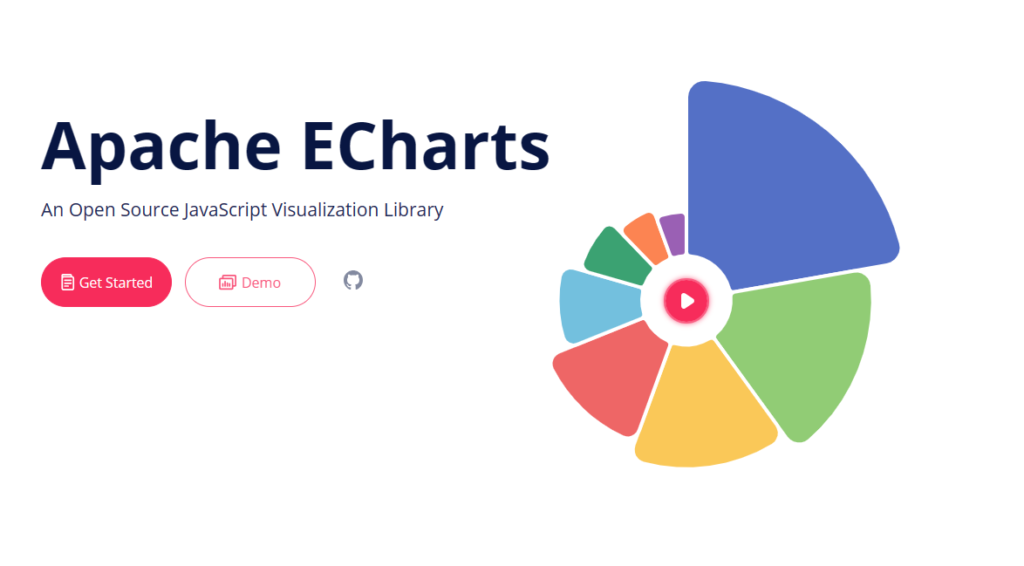Evaluating ECharts as a General-Purpose Charting Library for React Applications
ECharts, developed by Baidu, is a powerful charting and visualization library that offers a wide range of chart types and has become increasingly popular in the JavaScript community. When considering its use in a React application, especially one that requires diverse charting capabilities, several factors need to be evaluated. Let’s break down the analysis of…
Read more






